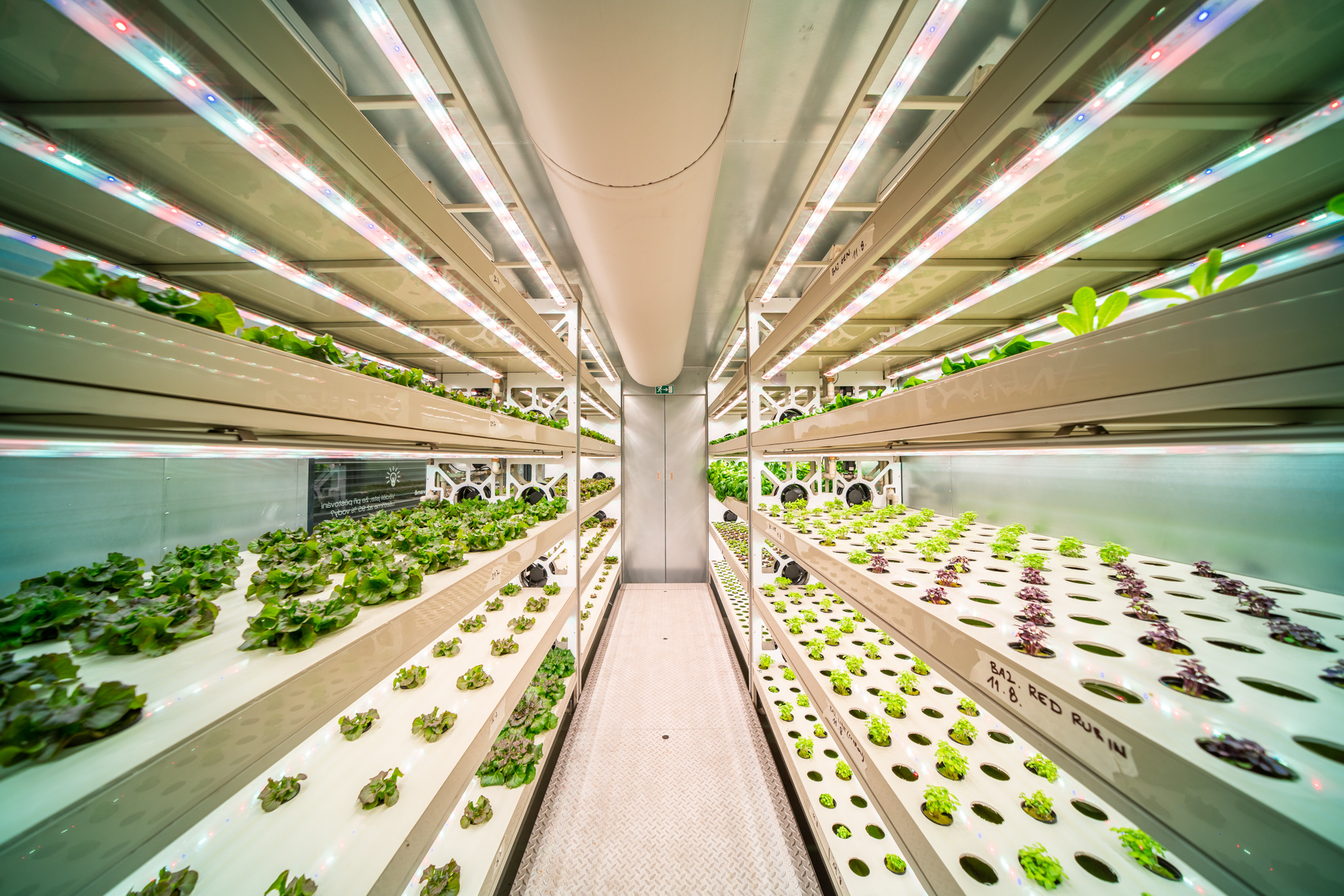What is good design?

Design is many things to many people, encompassing such a broad role in our daily lives that it can be impossible to provide a single definition. And add to that the semi-subjective idea of good to the mix and many more would be lost for words. But Siemens doesn’t talk about all aspects of life, for our customers and ourselves design is the creation, analysis, and optimization of a product’s form, function, and finances. Good design is still subjective, but for many of our customers the process for decision is beginning to include sustainability in the rubric.
That is great but gathering the actionable data to make complex decisions for highly interconnected products is not a trivial task. It requires insight from the full lifecycle of a product, in a single source of truth, and validated against real-world operations. For the full explanation of how good sustainable design is built on the digital twin, check out Eryn Devola’s recent article on Engineering.com.
Reasons for a digital twin
Representing the product being designed, virtually, from the earliest stages of development establishes a seamless flow of information between the real and digital worlds. This early organization helps to construct a holistic view of sustainability impacts along the complete value chain of the product. The digital twin approach to sustainable product design allows for confident decision making for the more-interconnected optimizations of resources, waste, and CO2 emissions, alongside the more traditional metrics of design that include cost, quality, and time. The digital twin can then be used throughout design to simulate, predict and optimize the product and production systems before ever investing in physical prototypes and assets.
Data from the complete value chain
A manufacturing business is only one part of a complex network of partners, suppliers, and logistics operations to get a product from concept design to the hands of the customer. With sustainable being a key identifier to good design, it is critical to include the impacts of these links in the value chain. There is also a growing trend to include the decommissioning of a product in the lifecycle, as a means of understanding the final impact of valuable and harmful materials. Lithium-based batteries are a great example case for this trend – not only are the raw materials becoming more expensive as demand grows, but the materials are also dangerous if not properly handled at end-of-life. Minimizing the impact to the environment before, during, and after operation is critical to making a design good for this sector.
Digitalizing the data across every facet of an enterprise makes optimizations more accessible in even the most complex situations. The data provides clarity and enables more accurate assessment on the impact of changes to the product and processes. With the right tools, our customers will be able to model a path to better sustainability outcomes.
Validating what is good
Simply defining something as good or better than another is not a very successful strategy for designing the future. The growing regulatory requirements to limit emissions and the demand of consumers for sustainable products will require verifiable metrics on how a product is better. But even honest action to make a product more sustainable requires a data-first solution. The digital twin and models that engineers and designers employ to create a product need to accurately reflect the real-world dynamics a product will encounter. A battery pack in an electrified bus may have met the temperature requirements in the simulation, using idealized numbers, but does it still pass under real-world conditions? Questions like this are important to engineering and design processes, and as more data is collected on edge-cases and unknown unknowns, a more accurate picture of reality can be deployed on following designs.
Sustainability is good design
“Sustainable design practices are a growing source of competitive advantage in business and the digital twin will be a valuable asset on the journey. The choices made in early development of a product define roughly 80 percent of a product’s overall environmental impact, whether it is the materials used, the processes employed, the logistics required or use over time.”
Siemens Xcelerator, the comprehensive and integrated portfolio of software and services from Siemens Digital Industries Software, helps companies of all sizes create and leverage a comprehensive digital twin that provides organizations with new insights, opportunities and levels of automation to drive innovation.
For more information on Siemens Digital Industries Software products and services, visit siemens.com/software or follow us on LinkedIn, Twitter, Facebook and Instagram. Siemens Digital Industries Software – where today meets tomorrow.
Stay up to date with the Siemens Software news you need the most.


